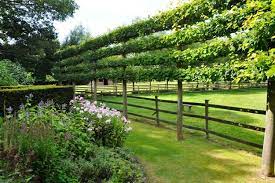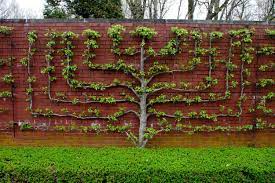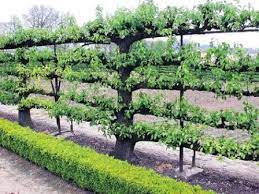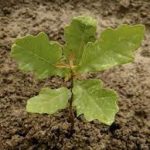USING ESPALIERS IN THE GARDEN
Get suggestions for ornamental and fruit-bearing trees that are great for espaliers.Also,get recommendations and tricks to train them.Espaliers are frequently regarded as high-maintenance hedges in the landscaping design industry.Yes,the need to train and maintain is higher than the average shrub or tree and is usually found in formal,lavish of gardens.But in reality,they could be utilized in any part of any kind:small and large informal and formal, elegant and modest.

For urban gardeners, containers of espaliers or placed along the brick wall add interest and a sense of life to an uninteresting visual space. The cost of maintenance and care is affordable compared to ivy plants since they can provide instant vertical appeal to the area without consuming valuable square area.In principle, it is possible for any tree or plant can be transformed into an espalier. However, choosing an appropriate species that will meet your needs and your environment is crucial.

When you encounter an espalier tree, it’s a fruit tree, such as the pear and apple trees. The practice of training fruit-bearing plants dates back to the Romans and Egyptians, but it was the Europeans–specifically the French–who influenced and perfected the designs we see today.
Espalier Trees: Fruit vs Ornamental
Here are a few reasons to consider using the espalier technique for fruit-bearing trees
They are simple to learn. They can handle training very well when they’re young and flexible, which allows you to form them in various forms.
They are still in the area where they’re meant to remain. When looking back on the history of gardens, espaliers were discovered inside the cloisters of which each inch was crucial.
If you have a tree that is flat in front of a fence or wall, It is more manageable for sunlight to penetrate through the foliage, thus, ripening the fruit that may not have been ripe otherwise. The espalier technique is commonly used in colder climates where ripening fruits are complex.
But, if growing fruits is different from your style, and you need to bring some interest to the wall of a cramped or design-friendly space, many plants train well. Based on the experience of my friends, plants that have an excellent horizontal branching structure, as well as a slow growth rate, are the best. The most beautiful trained tree I’ve ever observed is one called Ginkgo biloba, located at Swarthmore College in Swarthmore, Pennsylvania. The tree was placed on top of a tall building, extending to the third floor, and its branches could cover the structure.

When designing, I like using espalier to create an accent along the fence. Something about a living wall attracts my attention: the simpleness of it all, the restraint, and the uniqueness. I’m still trying to figure out what exactly; however, it works for me, whatever it is! Keep the casualness of your garden and the absence of vertical walls from stopping your ability to incorporate an edging in your garden. Utilizing a design element in a way that is unexpected or out of the ordinary makes your garden unique to you and can inspire others.
Horizontal cordon espalier employed to block off the patio area of a private.
A horizontal cordon can be highly efficient and takes up very little space.
Pear trees are vertically positioned against a garage, providing some whimsy to an otherwise dull wall.
(After some time, the jute begins to rot away and prevent branches from being pulled with this restraint.) To aid in training young plants, you can use braided stainless steel cabling and turnbuckles to build a solid guide.
Debora Silver uses an apple palmette Verrier-trained tree in a customer’s garage in Birmingham, Michigan. The vibrant green foliage stands out against the dark hue of the garage. The shape of the trees creates a beautiful pattern.





